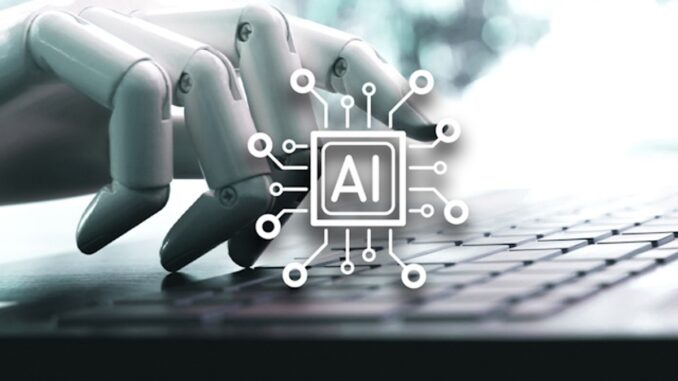
AI algorithms analyze data to identify patterns, make predictions, and inform decision-making across various domains. Here’s a brief overview of how they do this:
1. **Data Collection**: Algorithms gather data from various sources, including databases, sensors, social media, and more.









2. **Data Preprocessing**: The raw data is cleaned and transformed to remove noise, handle missing values, and format it for analysis.
3. **Feature Selection/Engineering**: Relevant features or variables are identified and extracted from the data to improve the efficiency and accuracy of the analysis.
4. **Model Training**: Algorithms are trained on a labeled dataset (for supervised learning) or on raw data (for unsupervised learning) to learn the underlying patterns. Techniques can include linear regression, decision trees, neural networks, clustering, etc.
5. **Model Evaluation**: Trained models are evaluated using metrics such as accuracy, precision, recall, and F1 score on a separate validation dataset to ensure they generalize well to unseen data.
6. **Prediction/Inference**: After evaluation, the model can be used to make predictions on new data or to classify, cluster, or otherwise analyze the input data.
7. **Feedback Loop**: Results from the analysis can inform further data collection, model refinement, and deployment, forming an iterative improvement cycle.
Applications of these analysis techniques can be found in various fields such as finance, healthcare, marketing, natural language processing, and more.


Leave a Reply